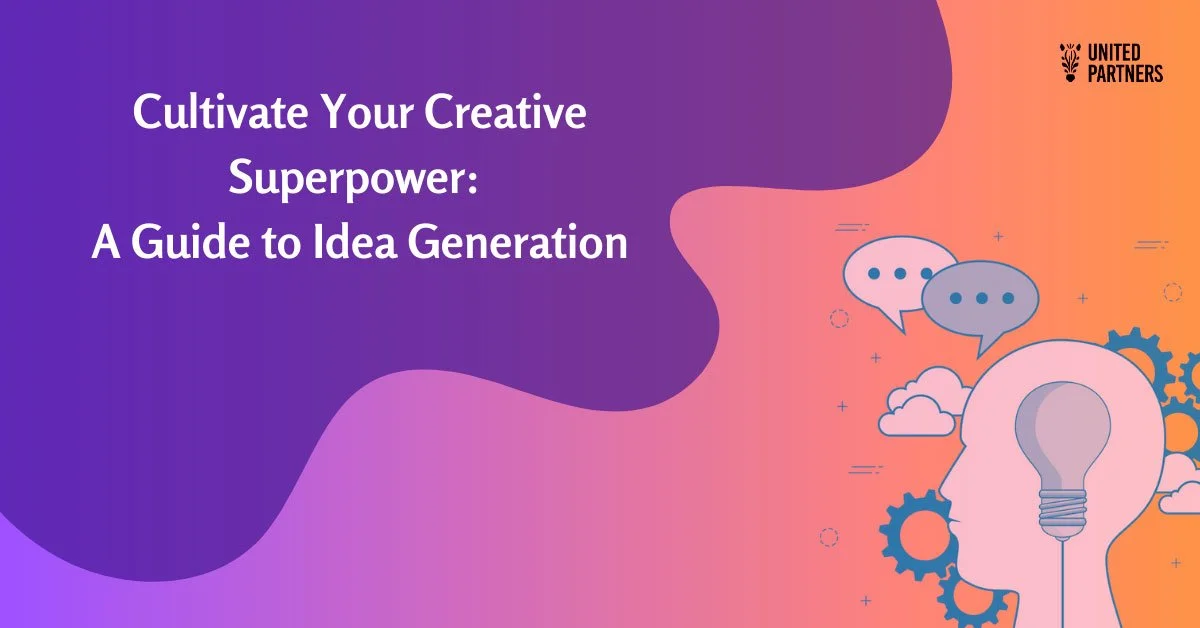Cultivate Your Creative Superpower: A Guide to Idea Generation
Being creative is often regarded as something you are born with. It is a mysterious and often elusive superpower that resides within some of us. But creativity is a skill, it’s an ability to generate ideas that can be cultivated by any of us.
In this blog post, we’ll embark on a journey into the realm of creativity. We’ll highlight the importance of ideas, explore the ins and outs of the creative process, and discuss some techniques. So, fasten your seatbelts, put on your imagination goggles, and let’s learn how to put our creative hats on!
The Importance of Ideas
Ideas are the lifeblood of progress, the fuel that propels virtually any endeavor forward. They are the seeds from which innovation blossoms and new possibilities emerge. Ideas are the key ingredients for growth, transformation, and success in any project, be it work-related or personal. They are the catalysts that challenge the status quo, inspire change, and push the boundaries of what is possible. Ideas breathe life into dreams and aspirations, allowing individuals and organizations to make their mark on the world.
In the business realm, ideas can spark game-changing strategies, drive product development, and revolutionize industries. They are the foundation of problem-solving, helping companies adapt to ever-evolving markets and seize new opportunities. More specifically, in the realm of PR and communications, ideas are the creative sparks that ignite captivating campaigns, engage audiences, and differentiate brands from the competition. They have the power to evoke emotions, captivate attention, and leave lasting impressions. Without ideas, progress stagnates, and innovation fades away. Therefore, embracing and nurturing a culture of idea generation is essential for businesses, PR and marketing efforts, and any endeavor seeking to make a meaningful impact.
The Creative Process
Ideas on their own are just that: interesting thoughts. The creative process is what bridges the gap between imagination with realization. So, let’s get a deeper look into how ideas become creative solutions applied to real-life cases through the creative process.
The creative process is a systematic and iterative approach that takes abstract concepts and transforms them into tangible outcomes. It begins with seeking inspiration from various sources, such as research, observation, or brainstorming sessions. Next, the inspiration turns into ideas through techniques, that some of us have integrated into our thought processes naturally, while others need to incorporate through mindful effort and practice. Then those ideas present us with a broad range of possibilities. The ideas are then refined and evaluated, considering factors like feasibility, relevance, and potential impact. The selected ideas are further developed, with a focus on structure, organization, and clarity. Throughout the process, feedback and iteration play a crucial role in honing the ideas and improving their quality. Finally, the creative process culminates in the execution and implementation of the chosen idea, translating it into a concrete form, whether it be a product, a piece of artwork, a marketing campaign, or any other tangible outcome. The creative process is a disciplined and deliberate endeavor that combines imagination, critical thinking, and strategic decision-making to bring ideas to life.
Idea Generation Techniques
Some individuals possess a natural inclination for idea generation, effortlessly conceiving innovative concepts and providing unique perspectives. However, it is important to note that idea generation is a skill that can be cultivated and honed through practice and deliberate effort. With the right techniques, mindset, and exposure to diverse stimuli, anyone can develop their ability to generate ideas and unlock their creative potential.
Here, we will present three techniques that prove effective in idea generation:
Metaphorical Thinking
Metaphorical thinking is a method that breaks free from traditional constraints by drawing connections between unrelated concepts. By utilizing metaphors, analogies, and associations we can explore problems from new angles, ask different questions, and uncover innovative solutions. It expands our imaginative capacity, leading to transformative ideas and fresh insights.
Reusing the Old
The technique of reusing the old involves repurposing familiar objects or ideas to create something fresh and innovative. To apply this technique effectively, start by identifying an object or idea that you would like to transform. Consider its unique features and qualities and envision how they can be utilized in new and unexpected ways. Look for opportunities to combine the old with the new, incorporating modern technologies or innovative design elements.
Error Thinking
To employ this technique effectively, begin by identifying a challenge or problem you want to address. As you generate ideas, intentionally allow yourself to make mistakes and embrace unconventional or seemingly “bad” ideas. Reframe these errors as opportunities for learning and growth, recognizing that they can spark unexpected insights. Analyze your previous errors to understand what went wrong and extract valuable lessons. Use this information to refine your approach and generate new ideas.
A pro tip to supplement any technique is the simple act of taking a piece of paper and jotting down everything that comes to mind. Visualize your thought process by doodling, connecting ideas, and discarding ones that don’t fit. This technique breathes life into your ideas as they materialize on the page and by translating thoughts into a tangible form, you open the door to fresh insights and new possibilities.
What Next
As you reach the end of this blog post, I hope it has sparked new ideas and kindled a fire of inspiration within you. Now, it’s time to embrace the limitless potential of those ideas and bring them to life. If you’re eager to delve deeper into the creative process and explore how idea-generation techniques can open new doors for you and your team, reach out to us.

